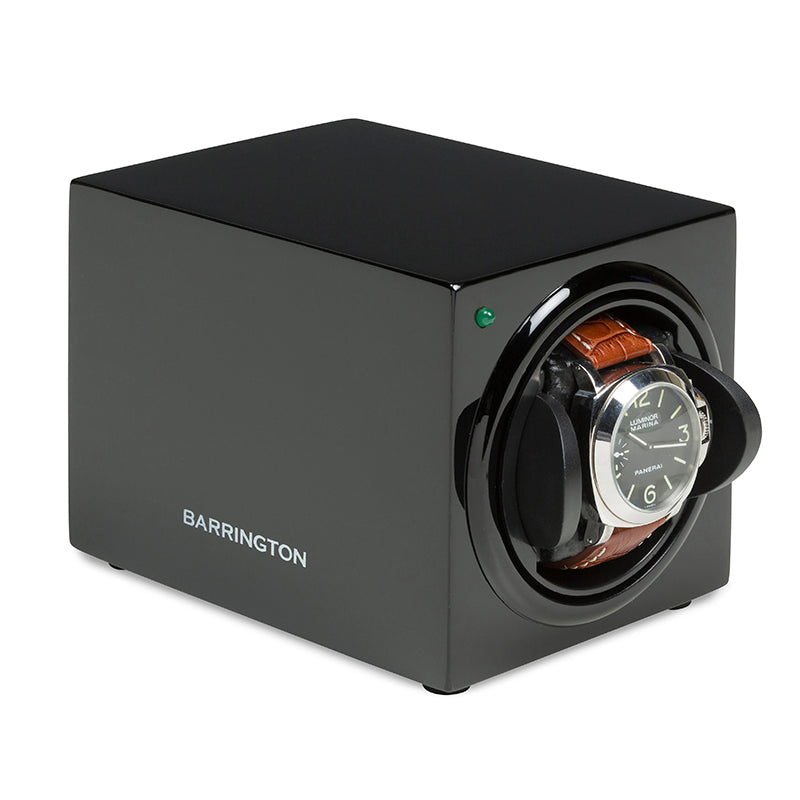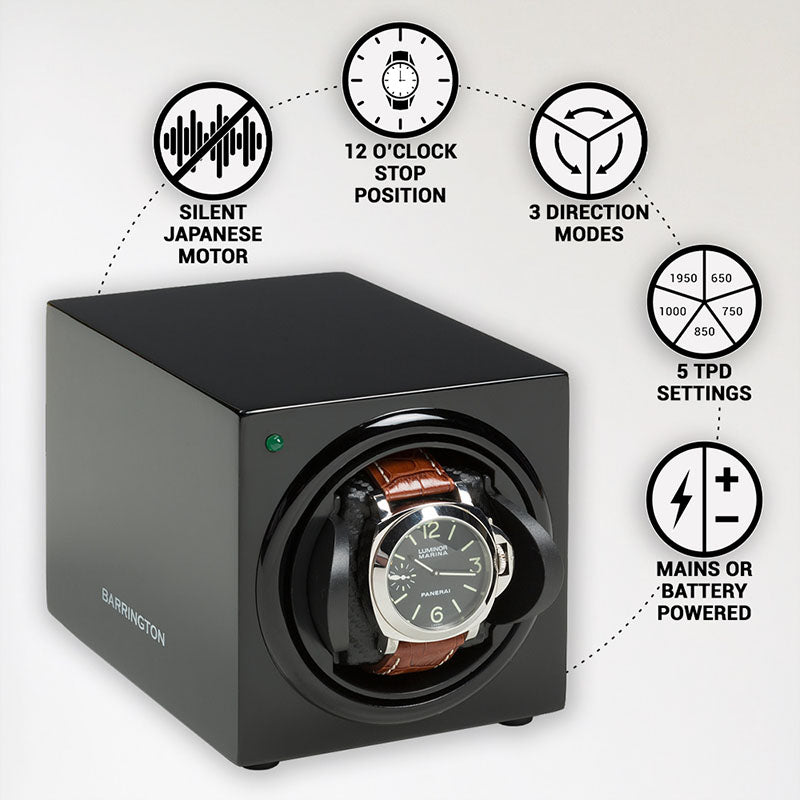What is Day-Date?
The Day-Date is one of the most enduring and practical complications in horology. As its name suggests, it provides both the day of the week and the numerical date on the dial, offering a balance between functionality and elegance. More than just a convenience feature, the Day-Date has become an emblem of sophistication, combining mechanical ingenuity with timeless design.
While many complications in watchmaking serve specialised or technical purposes, the Day-Date appeals to everyday practicality. It reminds the wearer not only of the date but also of the day, turning the passage of time into a more tangible and relatable experience. Over decades, this feature has evolved from a simple utilitarian addition into one of the defining symbols of refinement, particularly in the world of dress and executive watches.
The Origins of the Day-Date Complication
The idea of displaying both the date and the day of the week on a watch dial developed gradually during the early to mid-20th century. Early wristwatches with date displays appeared in the 1910s and 1920s, often through small apertures that revealed the current date on a rotating disc beneath the dial. However, these early mechanisms were limited to the date alone.
By the 1940s, watchmakers began experimenting with dual calendar displays that included both the date and the day of the week. Brands such as Movado, Jaeger-LeCoultre, and Omega produced watches with separate windows for these indications, though they were primarily found on complicated or high-end models.
The true revolution came in 1956 when Rolex introduced the Oyster Perpetual Day-Date, the first self-winding wristwatch to display both the day and the date fully spelled out on the dial. The model not only perfected the mechanical functionality of the dual display but also elevated it to a new level of prestige. Encased in precious metals and featuring the now-iconic President bracelet, the Rolex Day-Date became synonymous with success, leadership, and luxury.
Since then, the Day-Date complication has been adopted by numerous watchmakers, each interpreting it according to their own technical and aesthetic philosophy. It remains one of the most popular and useful complications in both mechanical and quartz watches.
How the Day-Date Mechanism Works
The Day-Date mechanism is an extension of the traditional calendar complication. It adds a second rotating disc beneath the dial, one for the day of the week and one for the date, both advancing automatically as the hours pass.
The date disc typically completes one full rotation every 31 days, while the day disc completes a rotation every seven days. The mechanism is designed so that both indications change either simultaneously or within a short interval around midnight. Achieving this precise synchronisation requires intricate gearing and careful calibration.
In most mechanical movements, a series of levers and gears link the hour wheel to the calendar discs. As the time approaches midnight, tension builds in a spring-loaded mechanism that releases suddenly, causing the discs to jump to the next day and date. In some designs, this transition is gradual rather than instantaneous, occurring over a few hours.
Watchmakers have also developed quick-set mechanisms that allow the wearer to adjust the day and date independently via the crown. This feature became particularly useful in the mid-20th century as automatic watches gained popularity, eliminating the need to rotate the hands repeatedly to advance the calendar manually.
Modern movements often include safety systems to prevent damage when setting the calendar during its changeover period. In high-end watches, the switching mechanism is engineered for both precision and durability, ensuring the display remains accurate even after decades of use.
Display Configurations of the Day-Date
Although the basic concept remains the same, the design and placement of the day and date displays vary significantly across different watches. Each configuration offers a distinct aesthetic and functional character.
-
Traditional Horizontal Layout
The most recognisable configuration, popularised by Rolex, places the day window at 12 o’clock and the date window at 3 o’clock. This layout provides visual symmetry while ensuring the most important information is easily legible. The day is fully spelled out in an arc-shaped aperture, while the date appears in a framed rectangular window. -
Side-by-Side Layout
Some manufacturers position both the day and date windows next to each other, usually at 3 o’clock or 6 o’clock. This approach is common in more utilitarian watches such as field and pilot models, where quick readability is essential. -
Vertical Layout
In a few designs, the day and date are aligned vertically, often at 12 and 6 o’clock. This configuration can lend balance to the dial and is particularly effective on symmetrical designs. -
Sub-Dial or Pointer Indications
Certain mechanical watches employ sub-dials or central hands to indicate the day and date. In such designs, the information is integrated into the watch’s overall aesthetic rather than confined to apertures.
The choice of configuration reflects the brand’s design language and the watch’s intended purpose. Whether for elegance or practicality, the layout of the Day-Date display remains one of the key defining features of a timepiece.
The Significance of the Day-Date in Horology
The Day-Date complication holds a unique place in horology because it represents the perfect blend of utility and refinement. It is not as technically complex as a perpetual calendar or chronograph, yet it requires precision engineering to function reliably and seamlessly.
For many watchmakers, mastering the Day-Date mechanism has served as a milestone in mechanical design. It demands careful coordination between two independent yet synchronised calendar systems, a task that challenges even experienced movement designers. The ability to advance both displays precisely at midnight without excessive power consumption or mechanical strain demonstrates the watchmaker’s skill and understanding of movement architecture.
Moreover, the Day-Date has come to symbolise everyday practicality elevated by craftsmanship. Unlike astronomical or technical complications, which may have limited daily use, the dual calendar is relevant to every wearer. It turns the simple act of checking the time into an engagement with both the passing hours and the rhythm of the week.
The Rolex Day-Date and Its Cultural Legacy
No discussion of the Day-Date would be complete without acknowledging the influence of Rolex. The Rolex Day-Date, introduced in 1956, transformed a practical feature into an icon of status and achievement. Known as the “President’s Watch” due to its association with world leaders, the model became synonymous with power and success.
The watch was the first to display the day fully spelled out in a curved aperture at the top of the dial, available in 26 languages. Combined with its elegant design and the newly introduced President bracelet, it represented the pinnacle of mid-century watchmaking.
Over the decades, the Day-Date has adorned the wrists of numerous presidents, statesmen, and cultural icons, cementing its reputation as a symbol of authority and accomplishment. Its design remains remarkably consistent, reflecting Rolex’s philosophy of incremental innovation and timeless elegance.
Other brands soon followed with their interpretations of the Day-Date, including Omega’s Constellation Day-Date, Seiko’s 5 series, and Longines’ Flagship models. Each offered the same functional benefit in different stylistic contexts, making the Day-Date a universal feature across price ranges and design philosophies.
Variations and Technological Developments
Modern watchmaking has introduced numerous refinements to the traditional Day-Date mechanism, enhancing precision, durability, and ease of use.
-
Instantaneous Change Mechanisms: In premium movements, the day and date switch simultaneously at midnight in a rapid “jump,” rather than gradually. This provides both technical sophistication and aesthetic satisfaction.
-
Dual-Language and Multi-Language Displays: Many watches now offer the option to display the day in multiple languages, catering to international users.
-
Digital and Hybrid Interpretations: In contemporary designs, particularly in smartwatches and hybrid timepieces, digital displays replicate the traditional Day-Date layout, maintaining its intuitive readability while incorporating modern technology.
Quartz watches further advanced the accessibility of Day-Date functions. Electronic movements made it possible to incorporate precise and reliable calendar systems without the mechanical complexity of traditional designs. This democratized the feature, making Day-Date watches available across all price segments.
The Aesthetic Appeal of the Day-Date Display
Beyond its mechanical function, the Day-Date display has significant aesthetic importance. The addition of the two apertures alters the balance of a dial, introducing new focal points that can enhance the watch’s visual composition. When executed well, the Day-Date layout lends a sense of completeness and harmony to the design.
In luxury watches, the typography and finishing of the day and date discs receive as much attention as the rest of the dial. The choice of font, background colour, and aperture shape can dramatically influence the watch’s personality. Some brands use matching dial colours for a seamless look, while others employ contrasting backgrounds to improve legibility.
In certain models, the day aperture is framed or curved to follow the contour of the dial, integrating naturally into the design. Others prefer clean rectangular windows for a minimalist effect. These design choices illustrate how even a functional feature can become an integral part of a watch’s identity.
Collectability and Modern Interpretations
For collectors, Day-Date watches hold a special allure. Vintage models, particularly those from the 1950s through the 1970s, represent a golden era of mechanical innovation and stylistic purity. Early Rolex Day-Dates, Omega Constellations, and Seiko 5s are highly sought after for their historical significance and enduring elegance.
Modern interpretations have expanded the concept further. Brands experiment with new materials, case shapes, and display technologies while retaining the essence of the dual calendar. Some integrate the Day-Date function into sports watches, while others preserve it as a hallmark of dress and executive models.
The appeal of the Day-Date lies in its universality. It speaks to professionals, travellers, and enthusiasts alike, offering a feature that remains useful in everyday life while representing craftsmanship and heritage.
Conclusion
The Day-Date complication stands as one of the most successful integrations of function and design in the history of watchmaking. From its early experiments to its refinement in the mid-twentieth century, it has transformed from a practical convenience into a cultural symbol of prestige and precision.
Whether presented on a humble field watch or a luxurious presidential timepiece, the Day-Date continues to embody the essence of horological excellence. It reflects humanity’s enduring desire not only to measure time but to understand its rhythm through the days and weeks that shape our lives.
In every glance at a Day-Date dial lies a reminder of both precision and purpose, a small window into the harmony between mechanical ingenuity and the daily passage of time.









